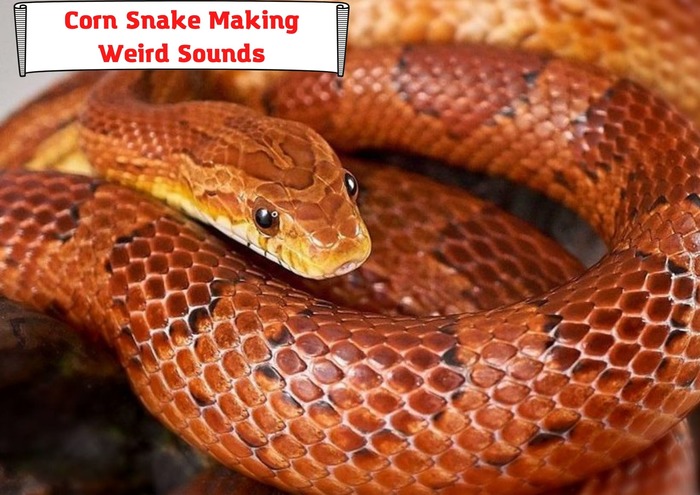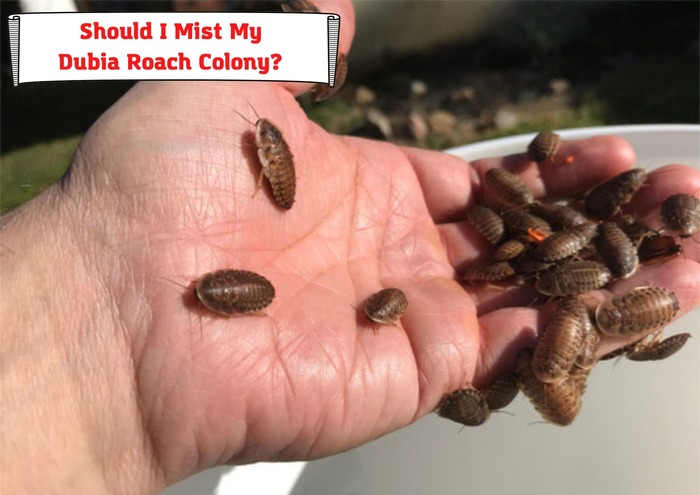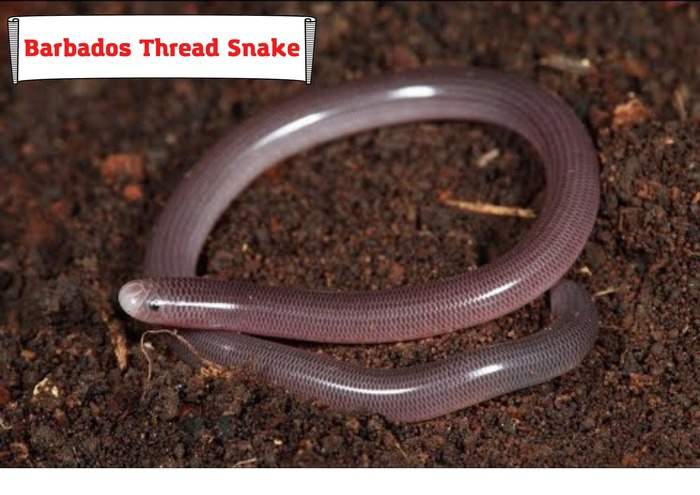Chameleons are wonderful reptiles to keep at your home as pets. They are very curious and quite friendly, and they cause admiration when they start changing their colors. Your chameleon will still need a lot of care and attention, otherwise, it can just die because of some problems you haven’t noticed. And this will be your fault.
Keeping a reptile at home is a complicated task and you must be ready for action. If you see that your chameleon has turned black, you should understand that something is wrong. Chameleons usually maintain brighter colors like green, blue, or even red when they feel good. If you notice your chameleon turning dark, you should take care of the animal.

Here’s what we’ll be talking about:
- Why do chameleons sometimes turn black or dark?
- What does it mean if your chameleon is always dark?
- Why are some certain spots on your chameleon are black?
- How to understand what’s going on with your chameleon?
Let’s get started!
Why can a chameleon turn black?
When you have a chameleon, you don’t have a lot of time to procrastinate. You will have a lot of tasks like playing with your animal, handling it, taking care of it, feeding it, etc. All these tasks give joy to the pet owner, so it’s usually done in good mood. But you have to remember that it’s not just a pleasant thing you can do now and then. It’s your responsibility and the life of your animal depends on it.
Observing your chameleon’s colors is one of the things you should do every day. Chameleons are cool fellows and you can easily see if they are depressed or ill – they will change their colors. While other reptiles may show many different signs of stress and problems, chameleons are straightforward and they will not make you think a lot.
Here are some reasons why your chameleon has turned black or very dark:
- Stress. For example, after relocation, chameleons can have big stress and can feel danger. That’s why their skin color changes because of their mood. Stressed chameleons are actually in danger if the stress is very long.
- Depression. These animals feel some emotions and depression is one of them. They may get depressed if they have been sitting in their cage or enclosure for too long without even going out.
- Fear. If your animal is afraid of something, you can find it turning black or dark green. They don’t control this, it’s just an indication of big stress and fear that overwhelms them. You should check what could go wrong with your animal and what can it be afraid of.
- Health issues. Sometimes, we see old chameleons turning darker over time. As they are about to die, they can be completely dark and even black. It means that their health is not good and you should get your pet to a vet to see what’s wrong.
- Pain. Sometimes, chameleons turn black to indicate that some part of their body hurts. It means that they need to be looked at by a professional. Maybe, they have some kind of a splinter in their skin or they have some illness that you need to take care of.
Many options can be added. What you need to understand is that when your chameleon turns black, you should be ready to act. It isn’t funny and it isn’t a good reason to take some pictures with a weird-looking animal. Your pet may feel depressed or lost or it can be just experiencing huge pain.
We don’t know any cases when an absolutely healthy chameleon turned black. But you have to think about some natural abilities of these guys to change their colors. If they are around very dark tree leaves, for example, they can turn dark green naturally. But once they change the location, they should get back their natural light-green color.
Black spots on your chameleon – dangerous?
It’s OK for your chameleon to get some spots in the process when it’s changing colors for hiding. But when it starts changing colors to dark or black, it’s not good. You should pay attention to it, especially if you constantly notice a single black spot.
In most cases, it will mean that your reptile feels pain in this spot. It doesn’t mean that the animal should be taken to a vet immediately, but pay more attention to how the chameleon reacts to everyday things like handling, feeding, etc. In many cases, you will have the chance to notice if it hurts or not.
If you understand that the spot that usually turns dark or black actually hurts, you should immediately take your animal to a vet. We know cases when the black spots on chameleons were the indication of bad diseases that only started to develop. Sometimes, you can cure the animal and prolong its life significantly.
Unfortunately, chameleons are not very enduring guys, so they are afraid of pain and of all illnesses. This means that a chameleon may just die because it gets depression when it feels pain.
What does it mean if your chameleon is always dark or black?
This is a very bad thing that probably indicates bad illness or complete depression in your animal. In most cases, this will be a health issue, not just the emotional state of the reptile. But sometimes, changing the environment and modifying the routine of your pet will help a little. You may try to change everything – food, feeding time, enclosure, amount of light, temperature, humidity, etc.
For example, we know cases when chameleons got dark green and didn’t change their colors at all during a long period of time just because they were cold and didn’t get enough light. These animals rely on the warmth you give them with all those lamps and heat mats.
Here is what you should try:
- changing the temperature in the enclosure – it may be too cold;
- changing the food you give to your animal – experimenting with different types of food;
- changing the way you handle your animal – for example, you may try less handling;
- adding bright decorations to the enclosure;
- giving more light to your animal with some new light bulbs;
- changing the enclosure – the old one may be too tiny, for example.
If nothing helps, we recommend taking your reptile to a vet. A doctor can look at the animal and prescribe some special medicine. Also, a doctor will see if something goes wrong. For example, if the animal is ill or feels sick, the doctor will notice this and will recommend some investigations to see what’s wrong with your pet.
Never wait for too long. If you see that the things you do don’t help and your reptile stays dark or black, you should consult a vet. Without this, your beautiful animal may just die.
Can darker colors be OK with your chameleon?
In the first part of our article, we decided to show you all the bad things that can cause darker colors in your chameleon. But if it’s not black but dark-green or dark-red, sometimes it’s just OK.
Even though many chameleons are brightly colored when they are OK, some of them will keep dark colors even if they are excited. It’s a personal thing and it doesn’t mean that you need to rush to a vet.
We know some cases when dark colors are OK:
- Your animal spends a lot of time among dark colors – decorations in its enclosure, dark leaves of plants, etc.
- Your animal doesn’t get a lot of sunlight. Natural light makes your pet brighter. But unnatural light will gradually make its skin darker.
- Your animal is currently surrounded by a lot of dark colors – it’s just hiding.
- Usually, your chameleon is darker than other chameleons – it may be just its personal feature.
Not all chameleons are brightly colored. Some of them prefer dark-green colors when they are calm. Also, remember that all chameleons have this wonderful nature gift – they love hiding. They will do this subconsciously, even if they don’t feel any danger.
But still, be careful. Always pay attention to your chameleon’s behavior and don’t forget about its personal features. When you get to know your pet very well, you will not google to learn if it’s OK when your pet is dark.
Final words
Do you think that the dark colors of your chameleon indicate some kind of an illness? Just visit a vet and show your animal to a professional. If your chameleon is still very active and joyful, you may not worry much. Probably, the chameleon just doesn’t like bright colors or is hiding and having fun.
If you notice that your animal is dark and depressed, you should do something. We recommend changing the environment first and being very attentive to all changes with your pet. If things get worse, show your pet to a vet as soon as possible.
- Pacman Frog Looks Deflated – What’s Wrong and What to Do? - August 7, 2023
- How to Put Snake Back in Cage after Feeding? Important Concerns - July 31, 2023
- Repta Boost: Instruction, Considerations, Ways to Use - July 24, 2023



